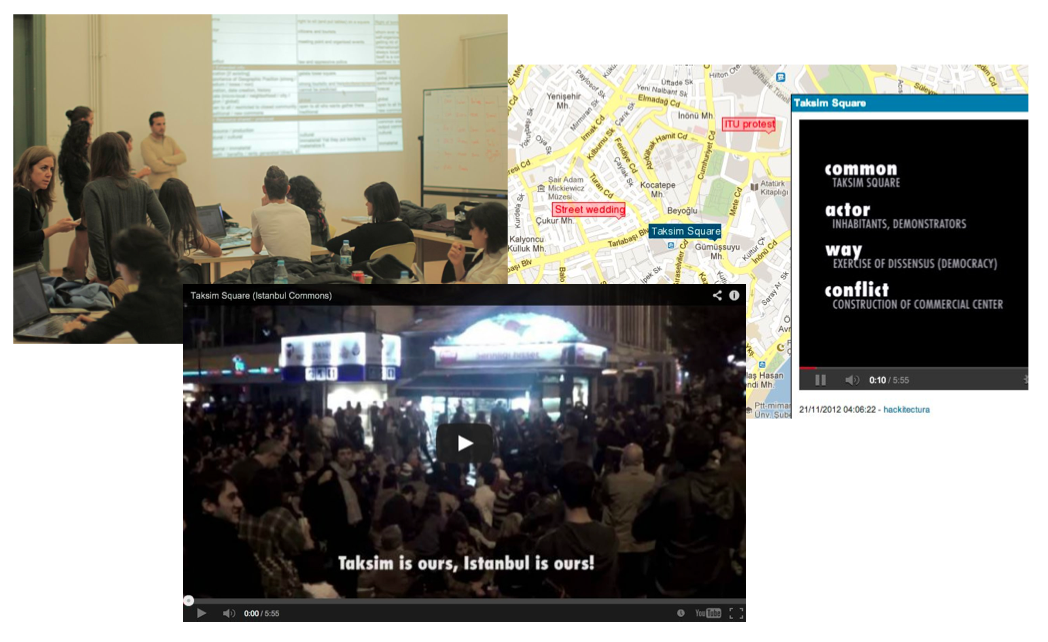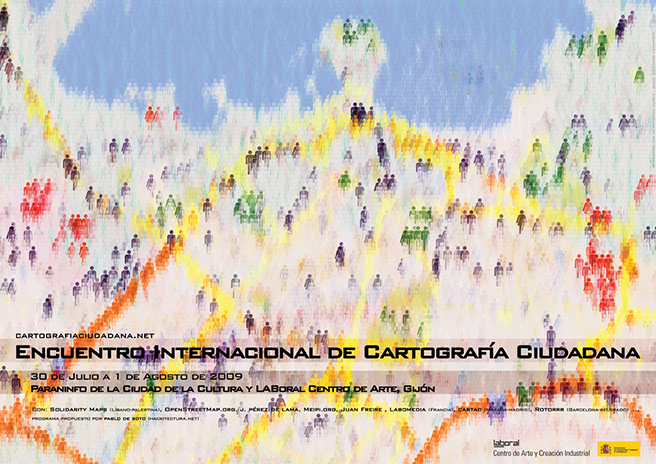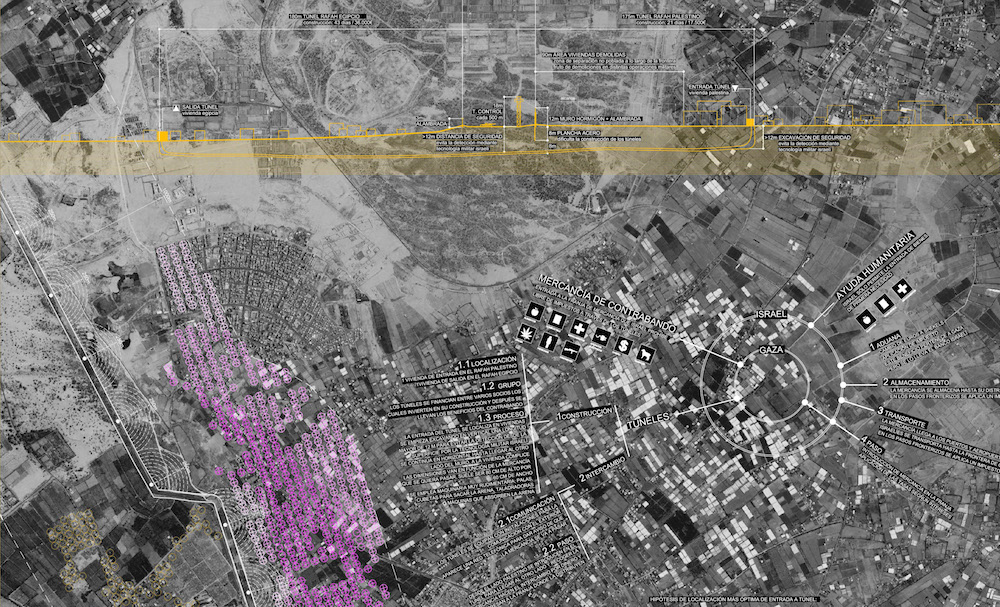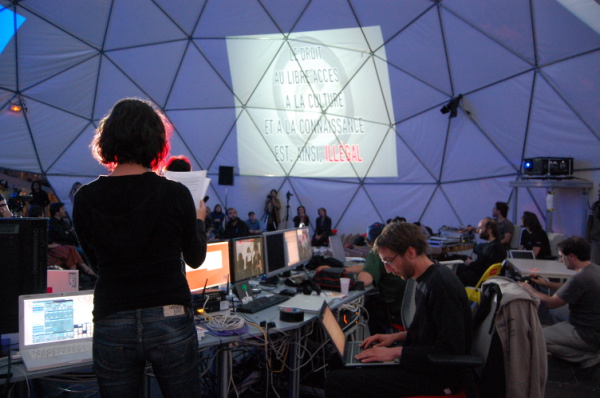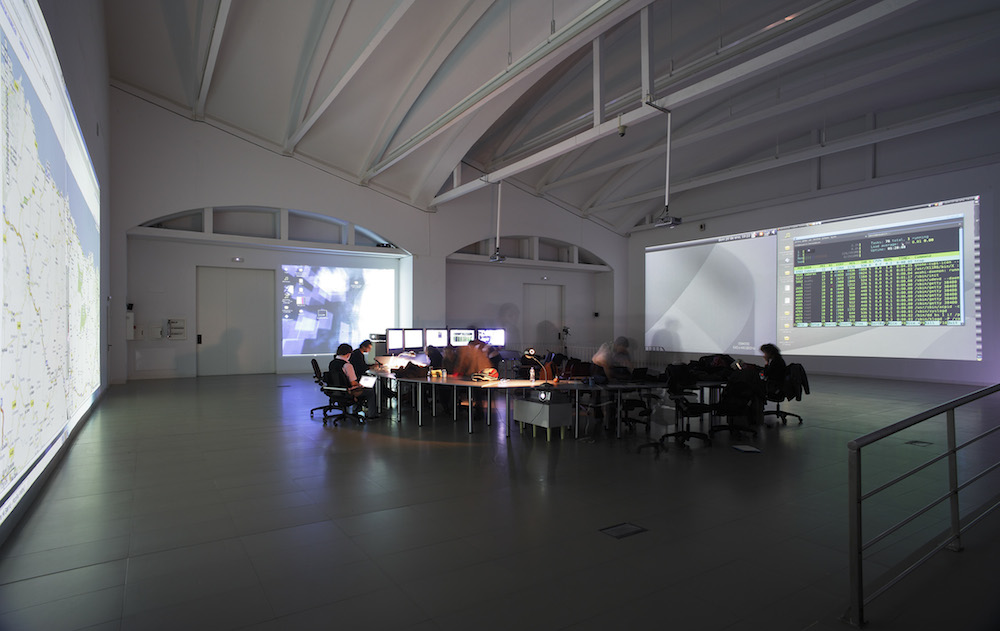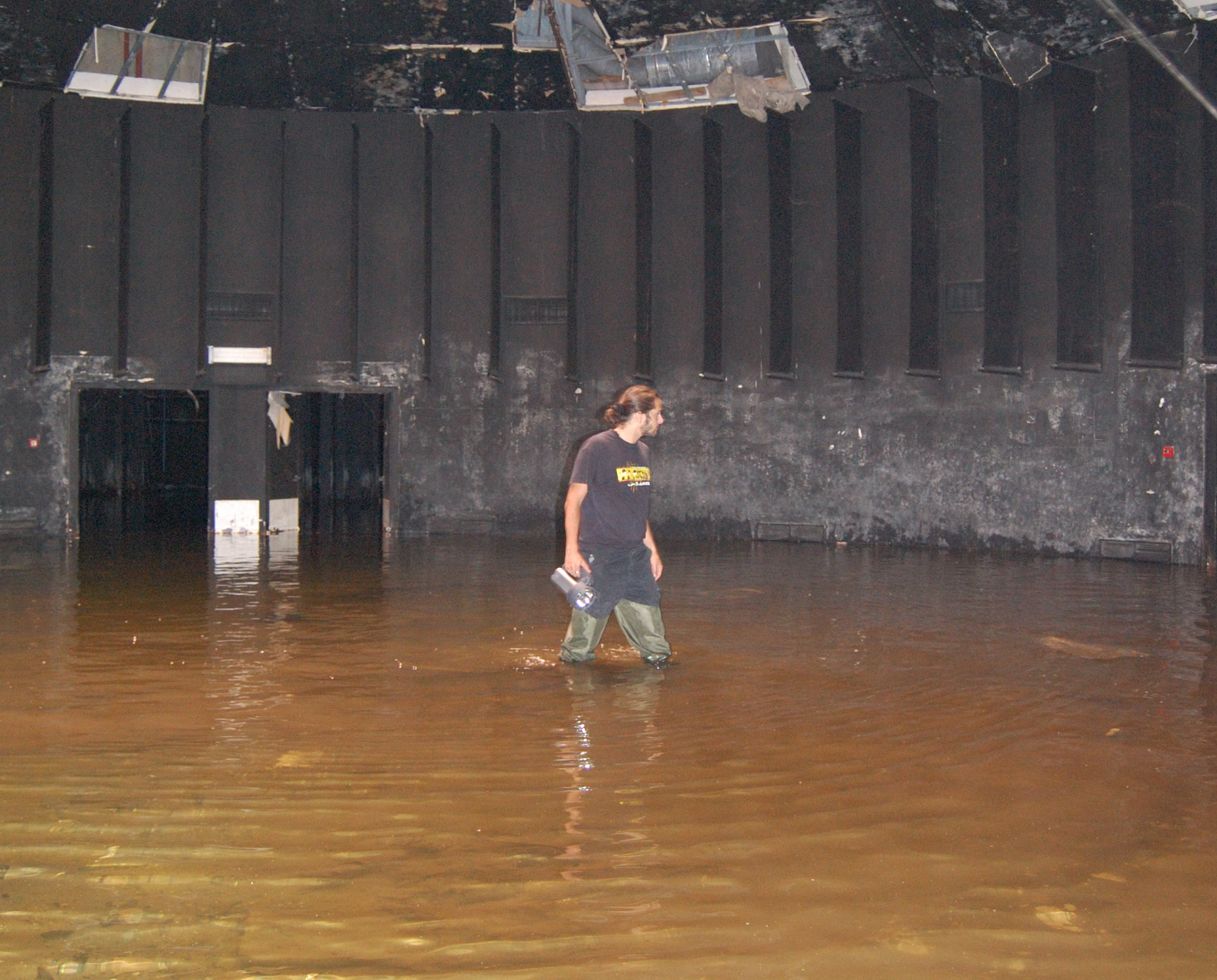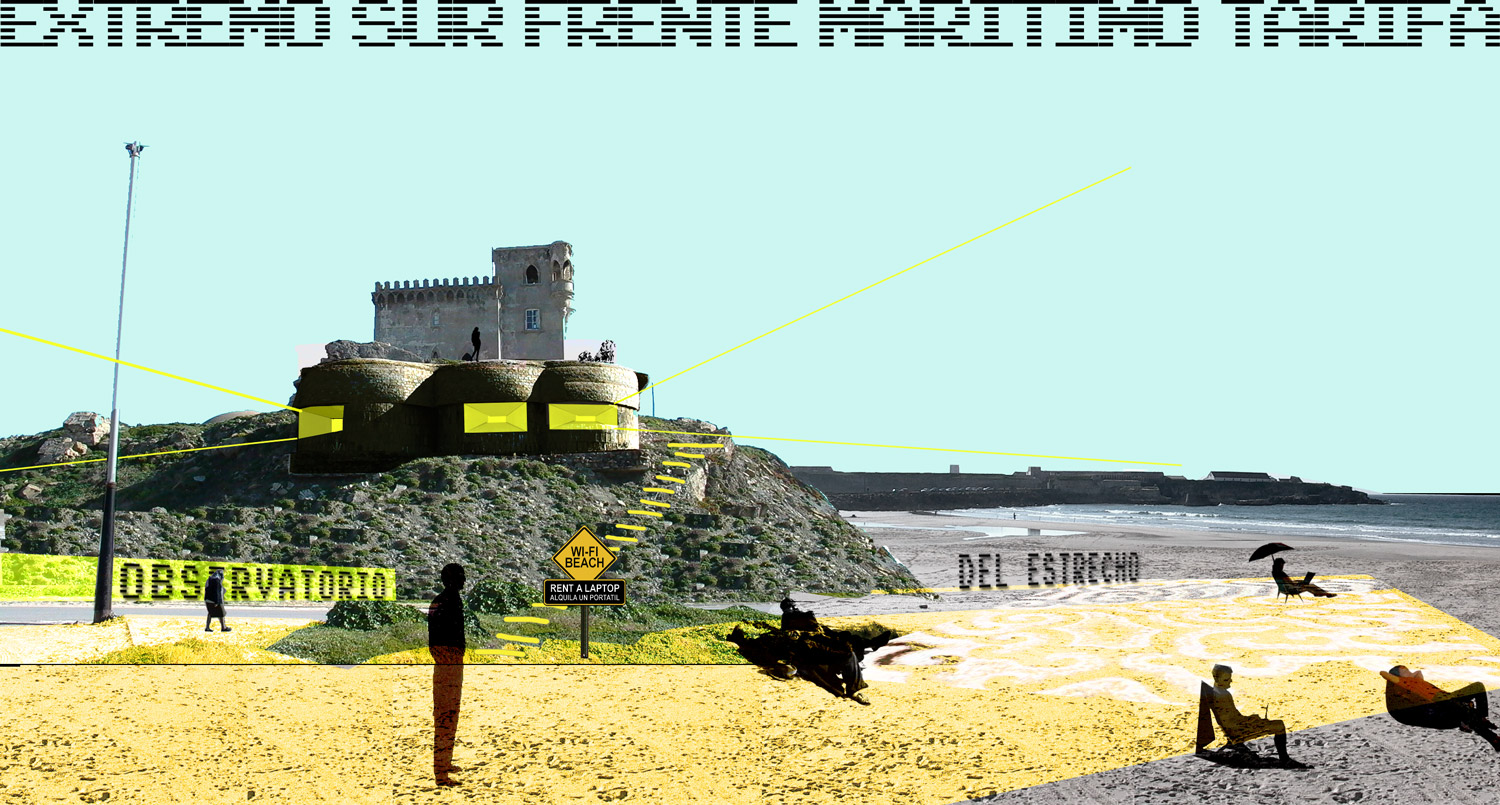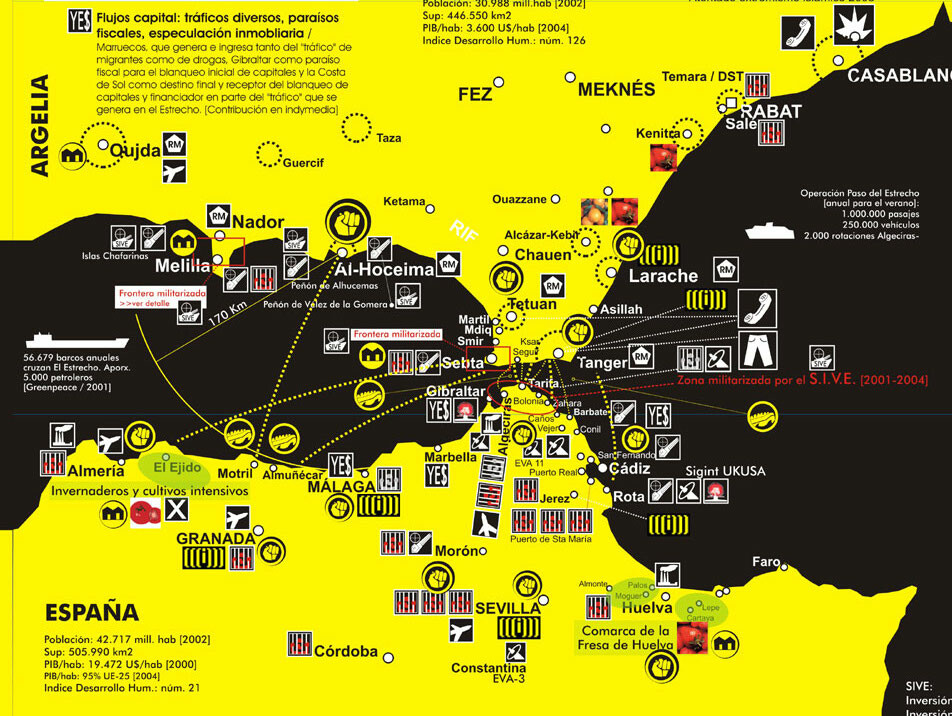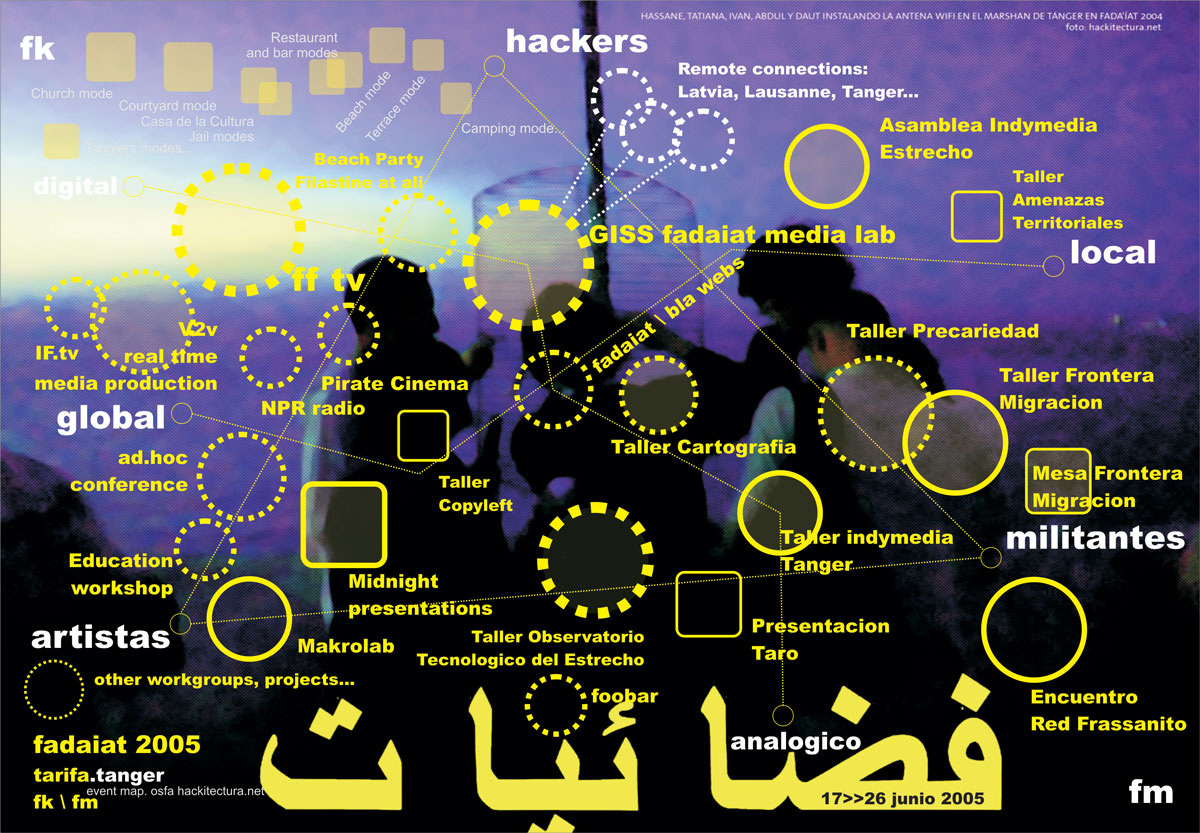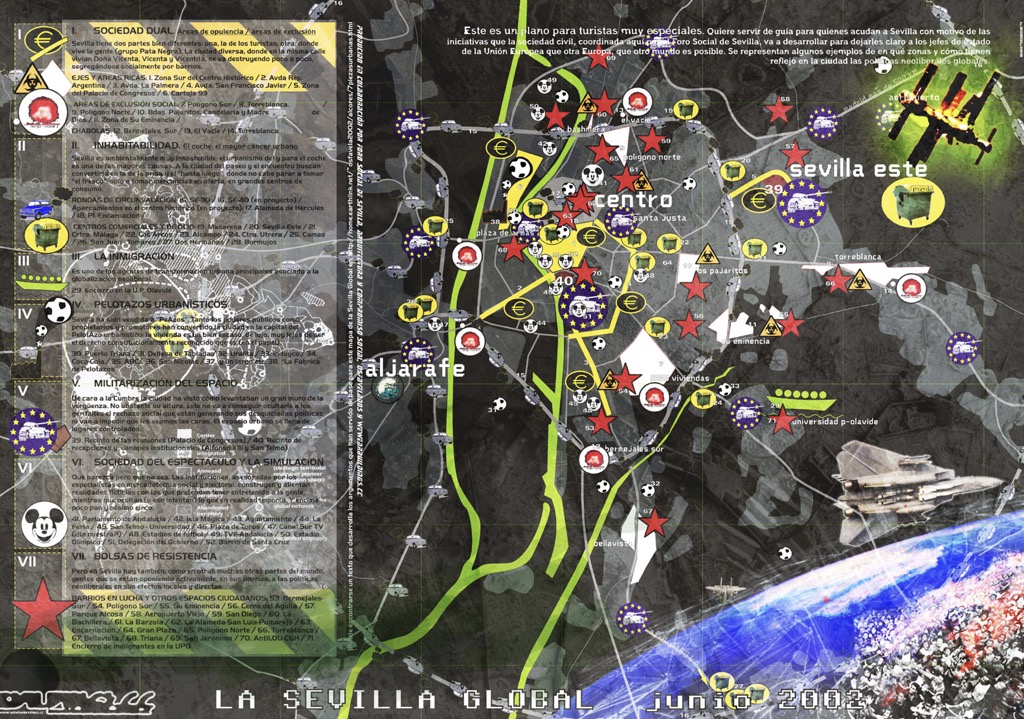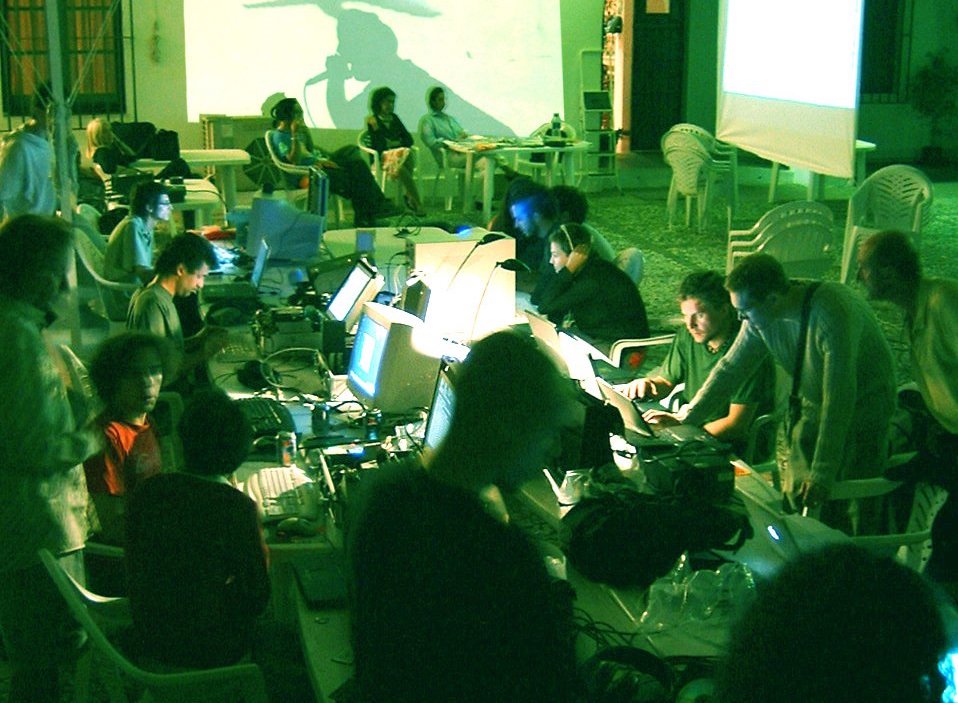A research project and a open urban laboratory to explore that complex concept called the urban commons.
Tag Archives: hackitectura
Citizen Cartography International Symposium
El I Encuentro Internacional de Cartografía Ciudadana tuvo lugar en el Paraninfo de la Ciudad de la Cultura y en LABoral Centro de Arte de Gijón entre el 30 de julio y el 1 de agosto de 2009. El encuentro reunió por primera vez bajo esa temática a un amplio grupo de investigadores y activistas de diferentes ámbitos: arquitectura, periodismo, …
Continue reading “Citizen Cartography International Symposium”
Gaza cartography
Este trabajo recoge un catálogo de mapas, software y vídeos coordinados de forma narrativa usando tecnologías avanzadas de descripción del espacio (GIS, Software, Modelado 3D) mostrando aspectos que no serían evidentes en una primera lectura. Pueden ser extrapolados a territorios y contextos de paz sujetos a tensiones y transformaciones en que la arquitectura y el …
WikiPlaza
WikiPlaza was an experimental, long-term project that brought together several collectives of architects, hackers and activists. The idea sprung up of generating a hybrid public space in which to experiment with information and communication technologies as tools for individual and communal emancipation, based on free software and hardware, web 2.0 tools and an open and …
Situation Room
The term Situation Room is normally used to designate a secret place used in times of crisis to assess and monitor data for decision making purposes. Its origins can be traced back to World War II with the invention of computers, digitalization, and the collaboration of architects and the military. These rooms are equipped with …
A second life for European Union’s pavillion
Water 4 Bits, a Second Life for Expo92 Europe Pavillion, was a synchronize (and visitable) installation in both physical and digital space that explored dreams, nightmares and the realities of post-modern technology at the heart of Seville’s Technology Park. The physical space was the European Pavilion at the Cartuja Technology Park, Seville. The park is …
Continue reading “A second life for European Union’s pavillion”
Technological Observatory of the Straits
Many meetings and workshops organised led to a process of discussion and experimentation that eventually produced the idea of the Technological Observatory of the Straits. Some of the main issues that intersect with the transformations now in process, as discussed above, are beginning to overlap and cross each other, and so common hypotheses are being …
Critical Cartography of the Straits of Gibraltar
Hackitectura’s map Cartografía Crítica del Estrecho (Cartography of the Straits of Gibraltar) creates an alternative understanding of the Spanish-Moroccan border region. The border is not an abstract geopolitical line but an increasingly complicated, contested space. The inversely oriented (north at the bottom) map highlights connections between southern Spain and northern Morocco to show a single …
Continue reading “Critical Cartography of the Straits of Gibraltar”
Fadaiat: freedom of movement, freedom of knowledge
The straits of gibraltar is a mirror-territory of the transformations taking place in the world today: globalisation, migrations, borders, citizenship, network-society, communication, technologies… the border is a crossed-place, an extensive territory of life and mobile confinements where multiple social practices put pressure on established limits. new spaces and relationships emerge from and through the border …
Continue reading “Fadaiat: freedom of movement, freedom of knowledge”
Seville Global Map
In Seville, on the eve of a large EU summit and concomitant protests in 2002, a collaborative mapping project was carried out with different community organizations to try to represent different effects of globalization on the city. The project drew on Zapatista frameworks of understanding, particularly those from the communiqués on “Seven Loose Pieces of …
The connected multitude
The Connected Multitude was a prototype for a networked public space, produced for a network of activists, artists and technicians. Using technologies such as a bi-directional satellite connection, wifi (in its infancy at the time) and streaming with free software, – with real time connections to México DF, Bogotá, Paris or El Viso del Alcor …
